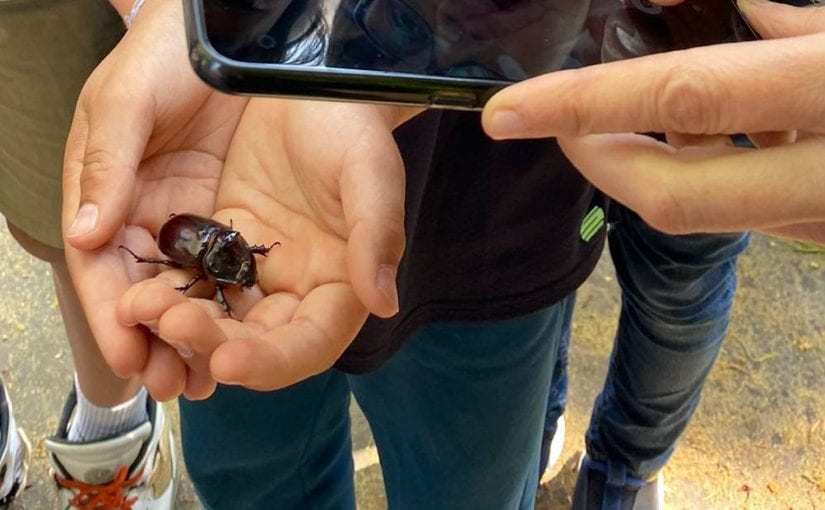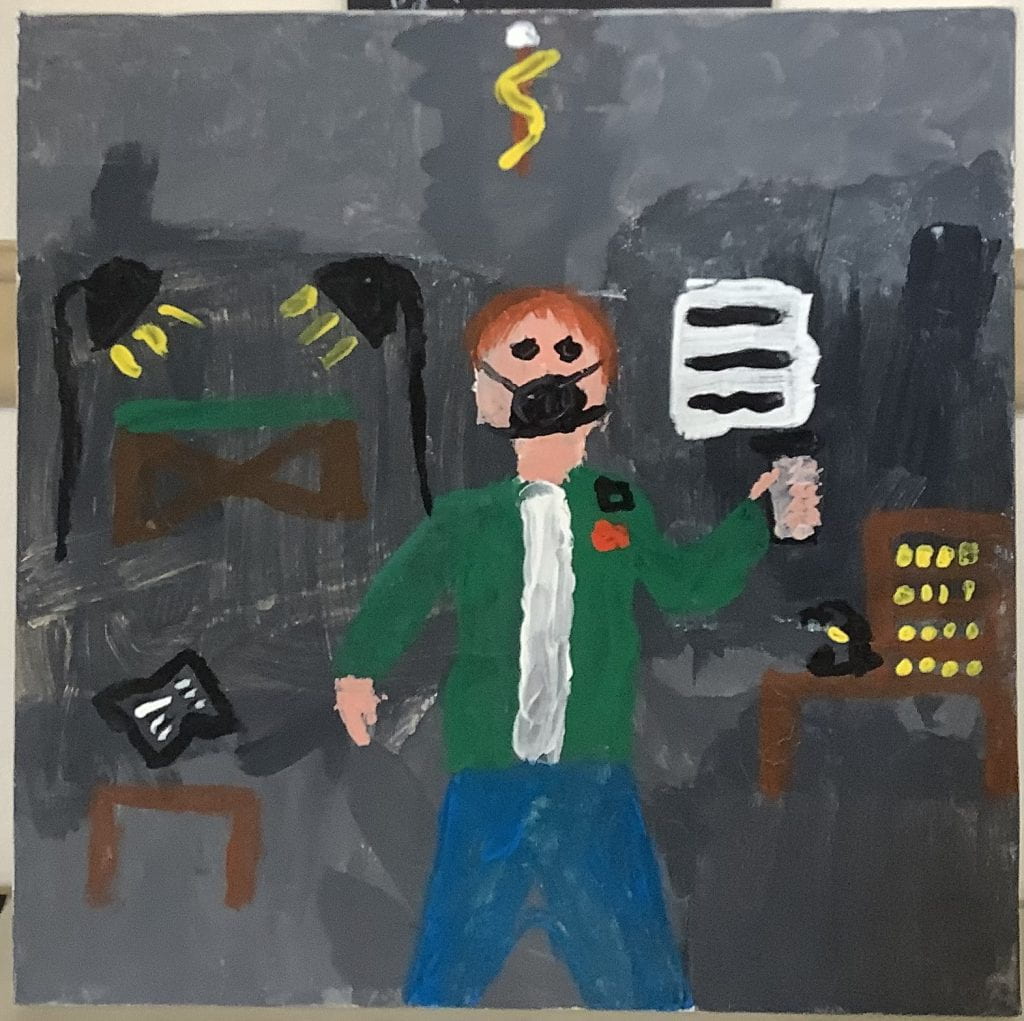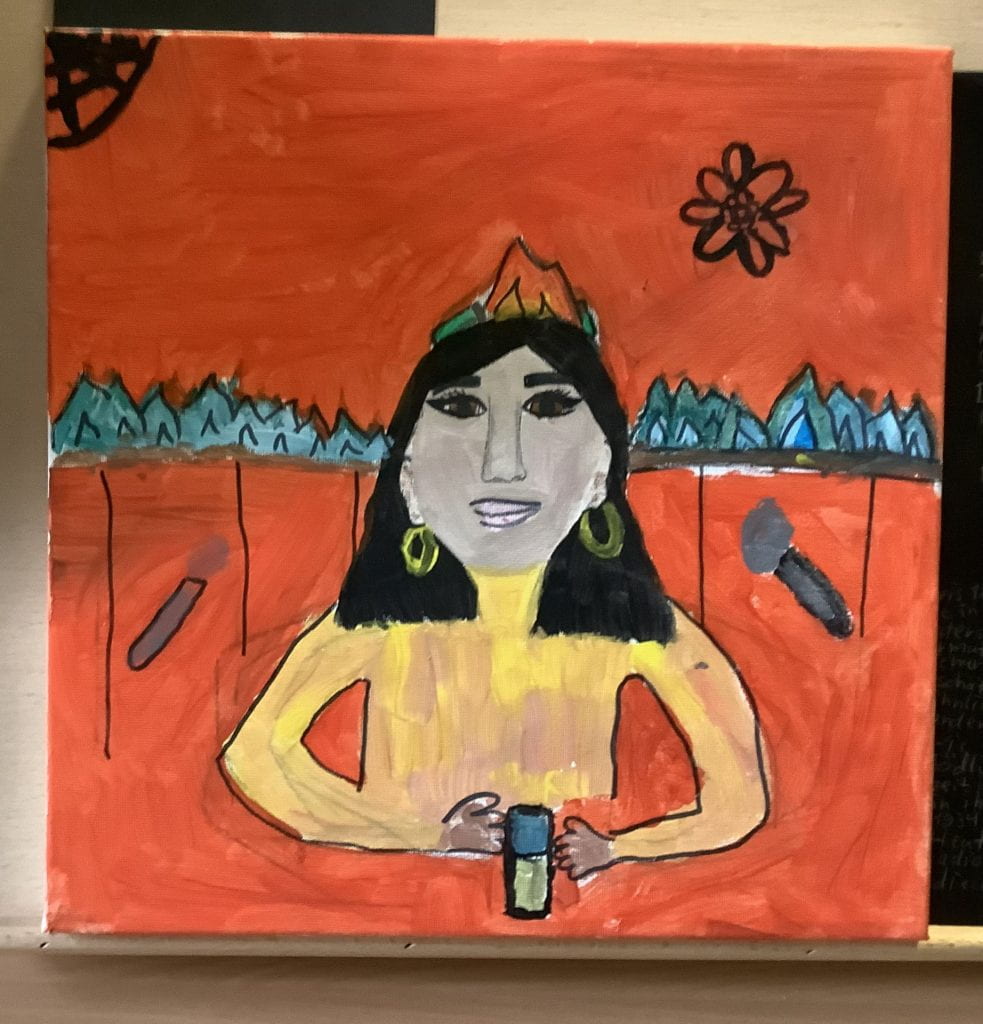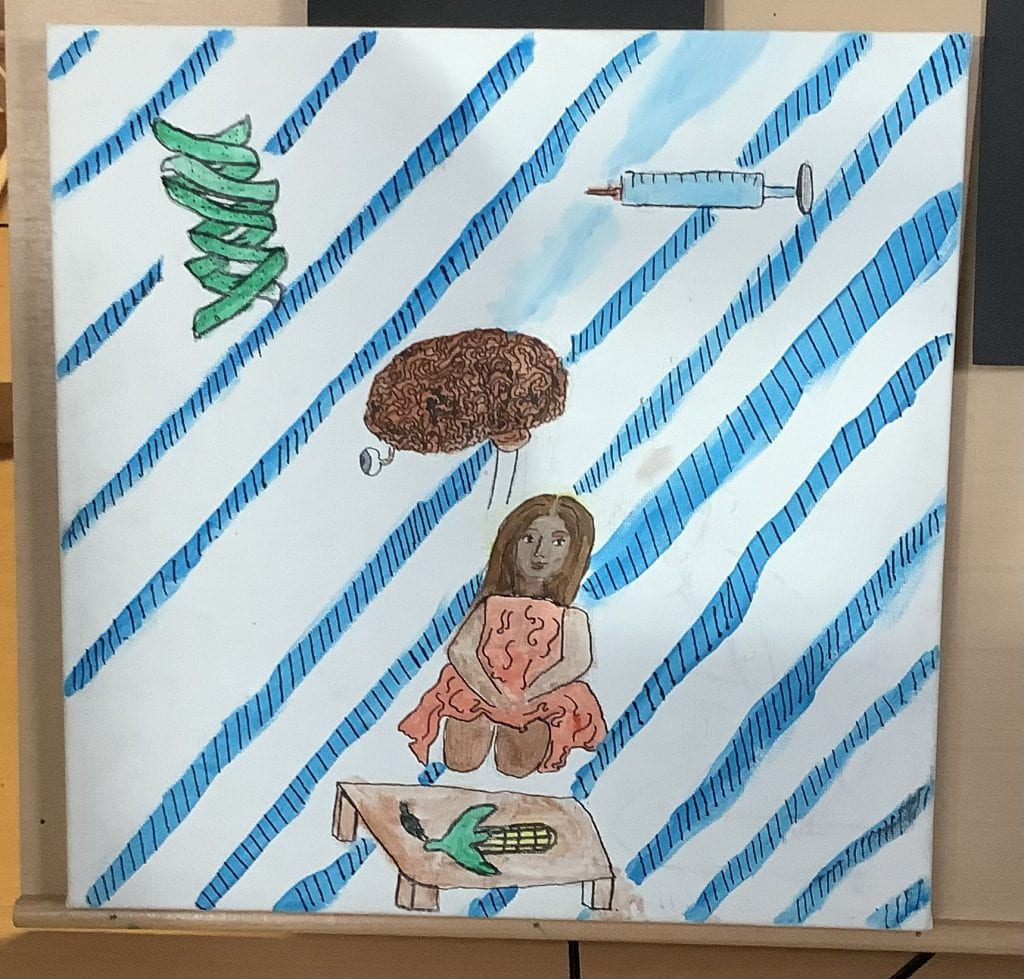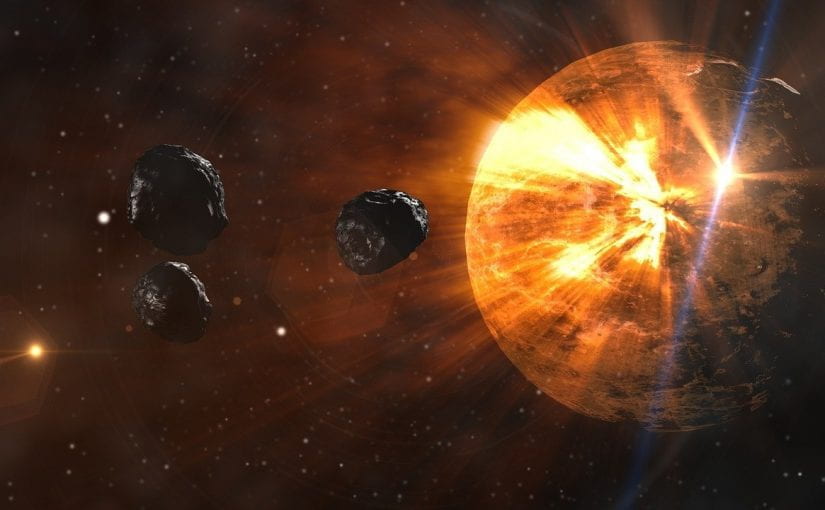Now that the warmer weather has arrived, we’re again able to use our beautiful private garden. Last week, the level 4 kids visited to search for insects as part of Frau Dunzer’s Sachunterricht class.
Everyone was surprised by the sheer number of creepy-crawlies discovered: from worms and centipedes to beetles and butterflies. The kids carefully examined the insects under a magnifying glass, then put them back where they had found them.
But the most spectacular discovery was made later, in the playground itself.
Here, Gabriel from Year 5 found a magnificent Nashornkäfer (rhinocerous beetle), one of the biggest beetles of all. And just as you’d expect from its name, it had a very large horn jutting from the top of its head.

Everyone was really impressed, and at first we thought it was a very rare find indeed.
In fact, it turns out that the Nashornkäfer is relatively common, and loves to live in woodland areas with lots of old tree stumps, which is why the foresty edge of our playground provides it with the perfect habitat.
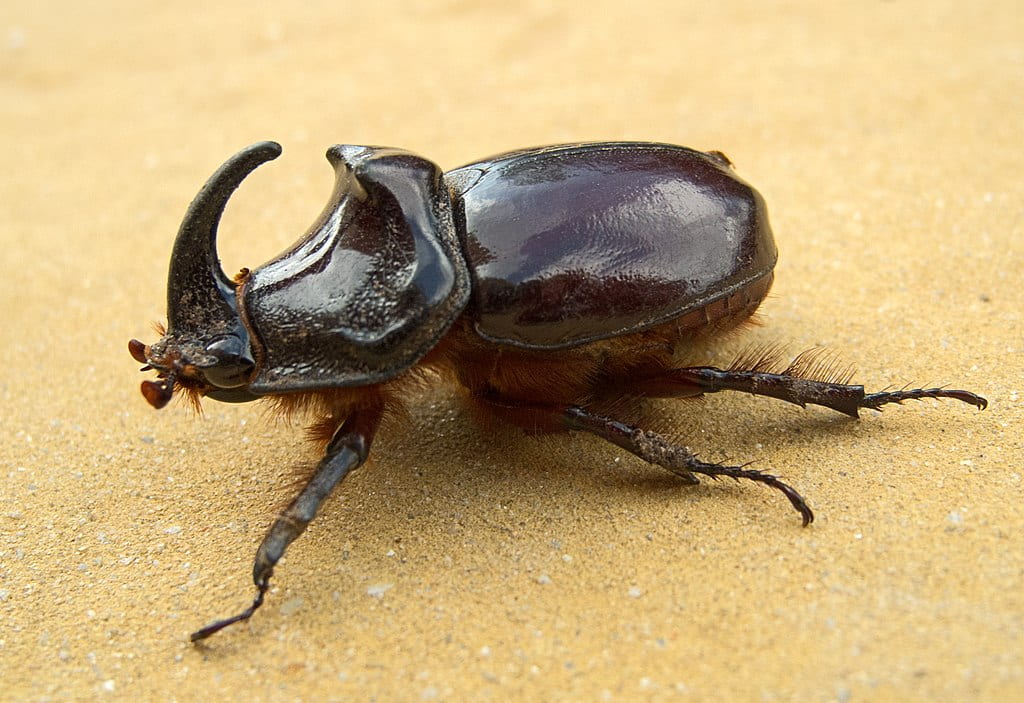
Still, these beetles are nocturnal insects, so it was definitely an unusual and exciting discovery. I wonder what other strange and wonderful creatures the kids will come across next?

